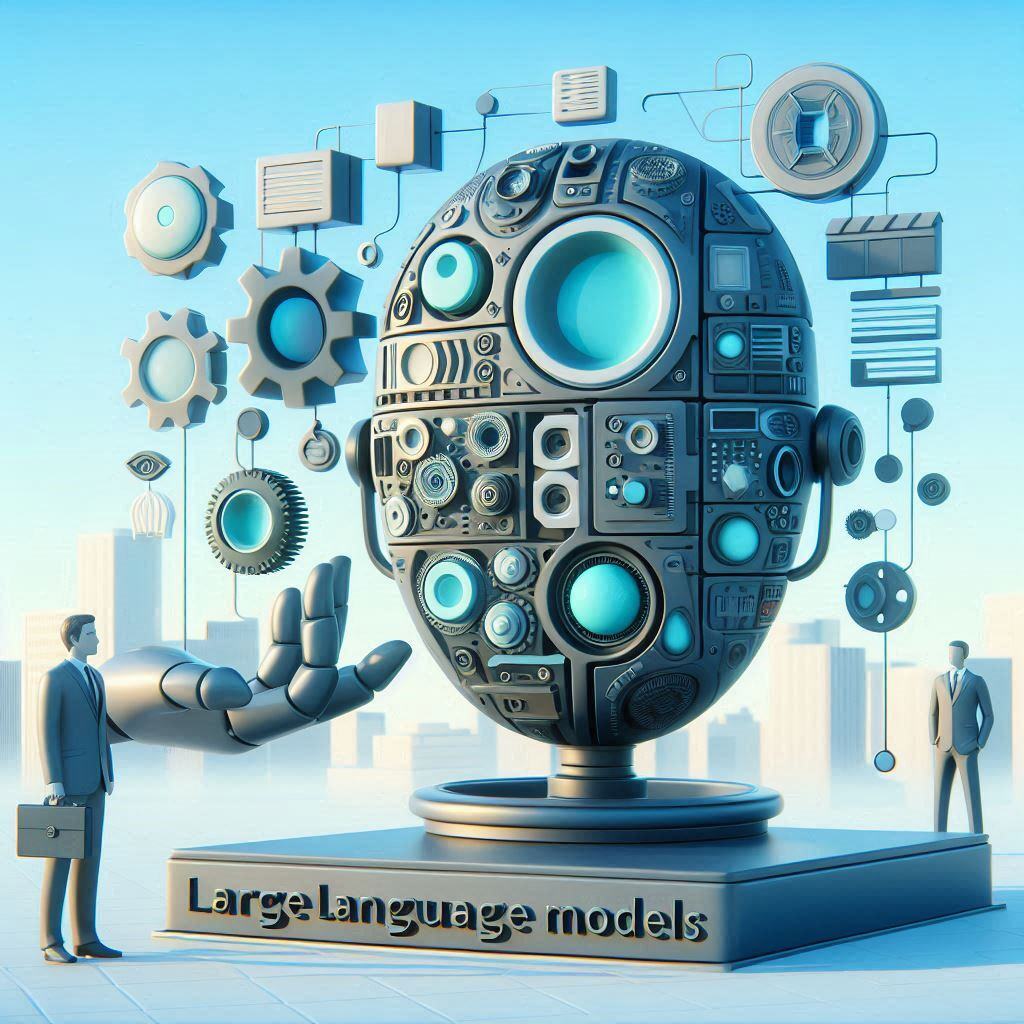Large Language Models (LLMs) Explained for AI Agents
Large Language Models (LLMs) have emerged as powerful tools for creating conversational agents. At Integrail, our Agentic AI Tutorials are designed...
Learn how predictive text works, its applications in AI, and how it improves typing speed, accuracy, and user experience.
Predictive text technology has become a staple in everyday digital interactions, from smartphones and emails to chatbots and virtual assistants. By suggesting words or phrases as you type, predictive text makes typing faster and more intuitive. But what powers predictive text, and why has it become so important in AI-driven user experiences? In this comprehensive guide, we’ll dive into what predictive text is, how it works, its applications, and its impact on productivity and communication.
Predictive text is a feature that anticipates the words or phrases a user is likely to type next based on context, user behavior, and language models. It’s commonly used in keyboards, messaging apps, and customer service chatbots. Predictive text utilizes AI algorithms to analyze patterns in language, providing users with smart suggestions that streamline typing.
Predictive text has evolved over the years, from basic auto-completion features to advanced AI-driven tools powered by machine learning models. Today’s predictive text systems are capable of understanding context, adapting to individual user preferences, and even providing suggestions for entire sentences.
Predictive text relies on natural language processing (NLP) and machine learning algorithms to analyze and predict text input. Here’s a breakdown of the key elements that make predictive text work:
Language Modeling
Markov Chains
Recurrent Neural Networks (RNNs) and Long Short-Term Memory (LSTM)
Transformers
User Behavior and Personalization
Predictive text technology is widely used across various platforms and industries, providing valuable benefits in both personal and professional settings. Here are some common applications:
Smartphone Keyboards
Email Composition
Customer Service Chatbots
Document Editing Software
Social Media Platforms
Virtual Assistants
The popularity of predictive text technology is no accident; it offers several benefits that enhance productivity, communication, and user experience. Here are the primary advantages:
Increased Typing Speed
Improved Accuracy
Enhanced Accessibility
Personalized User Experience
Reduced Cognitive Load
While predictive text offers many advantages, it also comes with certain limitations:
Privacy Concerns
Context Limitations
Over-Reliance on Predictive Text
Cultural and Linguistic Biases
Challenges with Non-Standard Language
The future of predictive text is promising, with ongoing advancements in AI and NLP expected to make this technology even more accurate, context-aware, and user-friendly. Here are some key trends to watch:
Improved Context Awareness
Multilingual and Cross-Language Support
Enhanced Privacy Measures
Sentiment and Tone Adjustments
Integration with Wearable Technology
Predictive text has become an essential part of modern communication, improving typing speed, accuracy, and accessibility. By leveraging NLP, machine learning, and advanced AI models, predictive text technology continues to evolve, offering smarter and more personalized suggestions.
From smartphone keyboards to virtual assistants, predictive text enhances user experience across platforms. However, challenges such as privacy concerns and context limitations remain. As AI technology advances, we can expect predictive text to become even more contextually aware, secure, and versatile.
Predictive text is transforming the way we communicate, making typing faster and easier while adapting to individual preferences. For businesses and developers, investing in predictive text technology can improve user satisfaction and streamline digital interactions.

Large Language Models (LLMs) have emerged as powerful tools for creating conversational agents. At Integrail, our Agentic AI Tutorials are designed...

Automation is transforming industries by enhancing efficiency, reducing costs, and driving innovation. Among the automation strategies, ...

Artificial Intelligence (AI) has become an integral part of our daily lives, driving advancements across various industries. Among the many forms of...
Start your journey with Integrail

Try AI Studio by Integrail FREE and start building AI applications without coding.

NEW White Paper: Discover how AI Studio accelerates your workflows